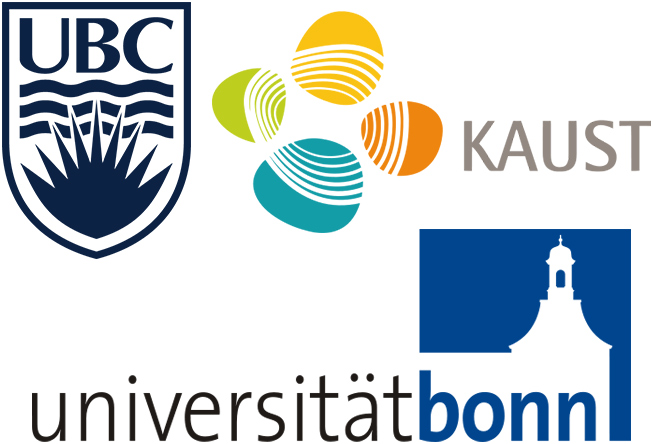(a) Schematic of our measurement scenario. A diffuse wall is illuminated by a modulated laser beam and observed by a time-of-flight camera. From diffuse reflections, we infer the geometry and albedo of objects within a bounding volume (green) that is completely occluded to both light source and camera, but visible from most locations on the wall. In this example, the shape of two letters cut from cardboard that was painted white (b) becomes clearly visible in the reconstruction (c,d) (see paper for details).
Abstract
The functional difference between a diffuse wall and a mirror is well understood: one scatters back into all directions, and the other one preserves the directionality of reflected light. The temporal structure of the light, however, is left intact by both: assuming simple surface reflection, photons that arrive first are reflected first.
In this paper, we exploit this insight to recover objects outside the line of sight from second-order diffuse reflections, effectively turning walls into mirrors. We formulate the reconstruction task as a linear inverse problem on the transient response of a scene, which we acquire using an affordable setup consisting of a modulated light source and a time-of-flight image sensor.
By exploiting sparsity in the reconstruction domain, we achieve resolutions in the order of a few centimeters for object shape (depth and laterally) and albedo. Our method is robust to ambient light and works for large room-sized scenes. It is drastically faster and less expensive than previous approaches using femtosecond lasers and streak cameras, and does not require any moving parts.
|
|
